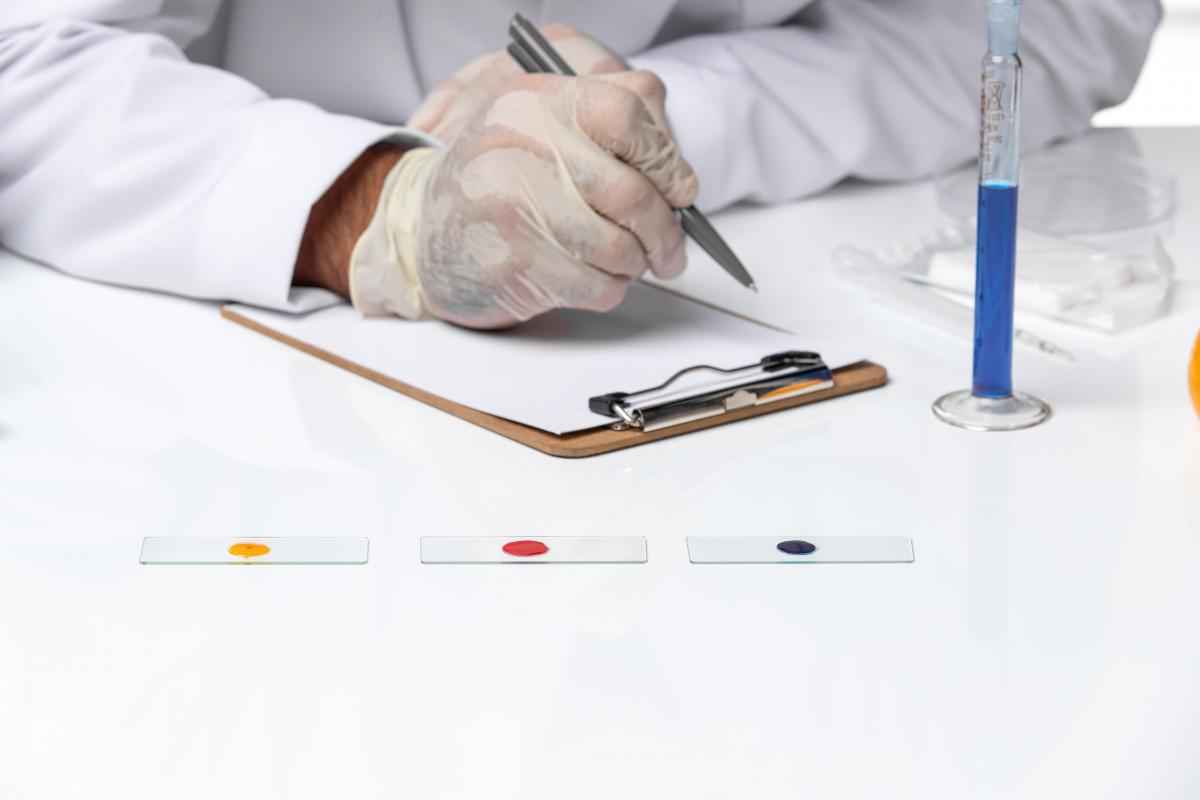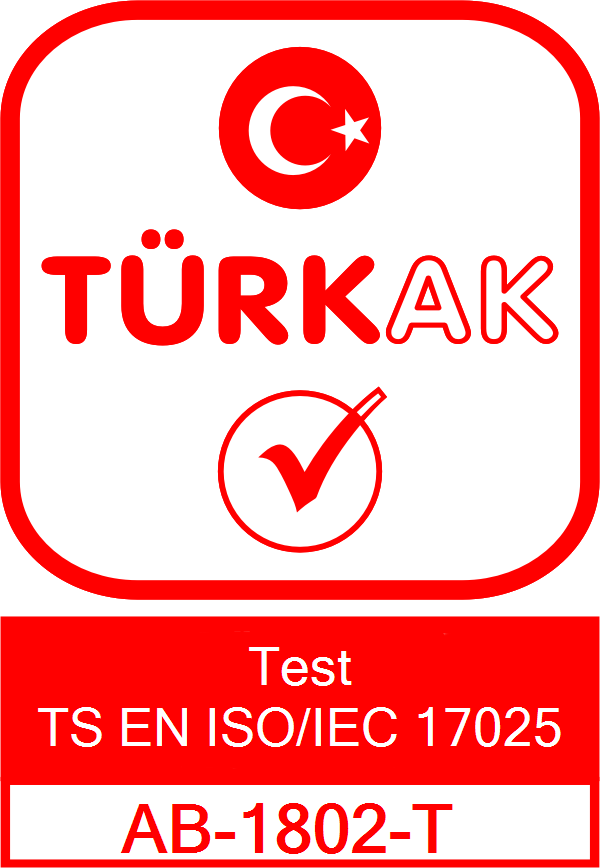
Hijyenic Wipes: pH and Irritation Risk Assessment
Hijyenic Wipes: pH and Irritation Risk Assessment
Contents
Wet wipes have become an essential part of daily hygiene, especially for babies and individuals with sensitive skin. But how safe are they really? The answer lies not on the label but in the lab. A reliable hygienic wipe pH test and hygienic wipe irritation test are essential to evaluate the actual skin compatibility of these products. Without proper testing, even a soft wipe can pose serious risks.
Why Is pH Balance Important?
Healthy human skin has a pH level between 4.5 and 5.5. This slightly acidic barrier protects the skin from irritation and infection. If a wet wipe is not formulated to match this pH range:
- The skin barrier can be damaged
- Dryness, redness, and irritation may occur
- Babies may develop rashes and allergic reactions
This is why choosing a pH-balanced wet wipe is not just about comfort — it's about long-term skin health.
How Is Irritation Risk Tested in Wipes?
During a medical product analysis, dermatologically tested wet wipes undergo clinical procedures to determine how they interact with the skin. This is particularly crucial for wipes for sensitive skin.
1. Patch Testing
The product is applied to the skin of human volunteers and monitored over 24–48 hours to assess any allergic or irritant reactions.
2. pH Testing
The pH level of the wipe is measured to ensure it aligns with skin physiology. Baby wipe pH value is especially important for infant care.
3. Ophthalmological Testing (optional)
Wipes intended for facial or eye use are checked for stinging or tearing reactions.
Risks of Untested Products
- May cause allergic reactions or sensitization
- Increased risk of chronic irritation
- In infants, may lead to rashes or peeling skin
- Chemical exposure is uncontrolled
How to Choose Safe Wet Wipes?
Labels that say “dermatologically tested” or “pH balanced” are helpful, but true safety comes from verified lab results. Consumers should ask for test reports, and manufacturers should work with accredited medical analysis laboratories.
Scientific Testing Ensures Skin-Friendly Products
pH and irritation risk in hygienic wipes must be assessed for more than just comfort — for health. Proper medical product testing can help manufacturers reduce risks and build consumer trust. It’s time to stop guessing and start testing.
Frequently Asked Questions
1. Why is pH more critical in baby wipes?
Infant skin is thinner and more vulnerable. A mismatched pH can lead to rapid irritation.
2. Can I use wipes that haven't been dermatologically tested?
Technically yes, but irritation or allergies are more likely without testing.
3. How can I verify if a wipe has been tested?
You can request lab documentation from the brand or consult accredited medical analysis labs.
Things to Consider
- Wipes for babies or sensitive skin must be lab-tested
- Formulas should be scientifically verified — not just claimed on packaging
- Alcohol-free or fragrance-free does not guarantee safety alone

